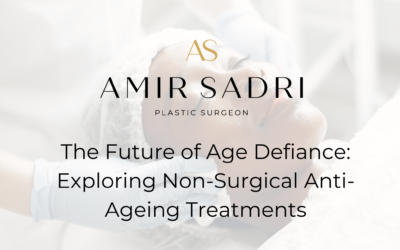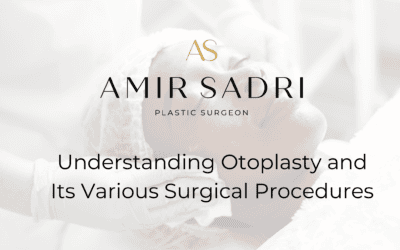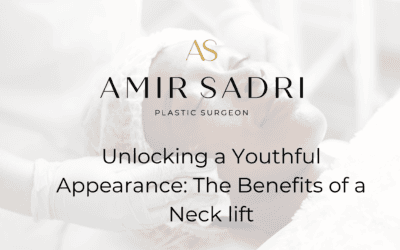Preservation rhinoplasty, also known as preservation-based rhinoplasty or preservation rhinoplasty technique, is an innovative approach to nose surgery that focuses on preserving the natural structures of the nose as much as possible. Rather than removing or altering significant amounts of nasal tissue, this technique aims to make minimal modifications while achieving desired cosmetic and functional outcomes. Here are some of the benefits of preservation rhinoplasty:
Natural-looking Results: One of the primary advantages of preservation rhinoplasty is the ability to achieve natural-looking results. By preserving the underlying nasal structures, such as the cartilage and bone, the surgeon can maintain the individual’s unique nasal characteristics and overall facial harmony. This approach seeks to enhance the nose’s aesthetics while ensuring it looks balanced and blends seamlessly with the rest of the face.
Faster Recovery: Preservation rhinoplasty typically involves less extensive tissue dissection and manipulation compared to traditional rhinoplasty techniques. This can result in a shorter recovery period and less post-operative discomfort for patients. The reduced trauma to the nasal tissues may also lead to less bruising and swelling, allowing individuals to resume their normal activities more quickly.
Improved Nasal Function: Preserving the natural nasal structures during rhinoplasty can help maintain or improve nasal function. By avoiding excessive tissue removal or alteration, the technique aims to prevent complications that may compromise the nasal airway or cause breathing difficulties. Preservation rhinoplasty can address cosmetic concerns while preserving the essential functions of the nose, such as proper airflow and optimal breathing.
Long-Term Stability: The preservation of the nasal structures in preservation rhinoplasty may contribute to long-term stability and durability of the results. By maintaining the integrity of the nasal cartilage and bone, there is a reduced risk of post-operative complications or structural weaknesses that could lead to problems in the future. The natural support provided by preserved nasal tissues helps ensure the longevity of the rhinoplasty outcomes.
Customization: Preservation rhinoplasty allows for a high level of customization to meet the specific needs and goals of each patient. The surgeon can tailor the procedure to address individual concerns, such as dorsal hump reduction, tip refinement, or correcting asymmetries, while preserving the patient’s unique nasal features. This customization ensures that the surgical plan is personalized and provides optimal results for each individual.
Revision Rhinoplasty: Preservation rhinoplasty can be particularly beneficial for individuals who require revision rhinoplasty. In cases where a previous rhinoplasty procedure has resulted in undesirable outcomes or functional issues, preservation rhinoplasty can help correct these problems while preserving the remaining nasal structures. It allows for precise adjustments without further compromising the nasal framework.
It is important to note that not all patients or nasal deformities are suitable for preservation rhinoplasty. The decision regarding the most appropriate technique should be made in consultation with a skilled and experienced plastic surgeon who can evaluate the individual’s nasal anatomy, discuss the benefits and limitations of preservation rhinoplasty, and recommend the most suitable approach.
Preservation rhinoplasty offers a conservative and customized approach to nose surgery, aiming to enhance the aesthetics while maintaining or improving nasal function. By preserving the natural structures, patients can achieve natural-looking results, faster recovery, improved nasal function, long-term stability, and personalized outcomes.




